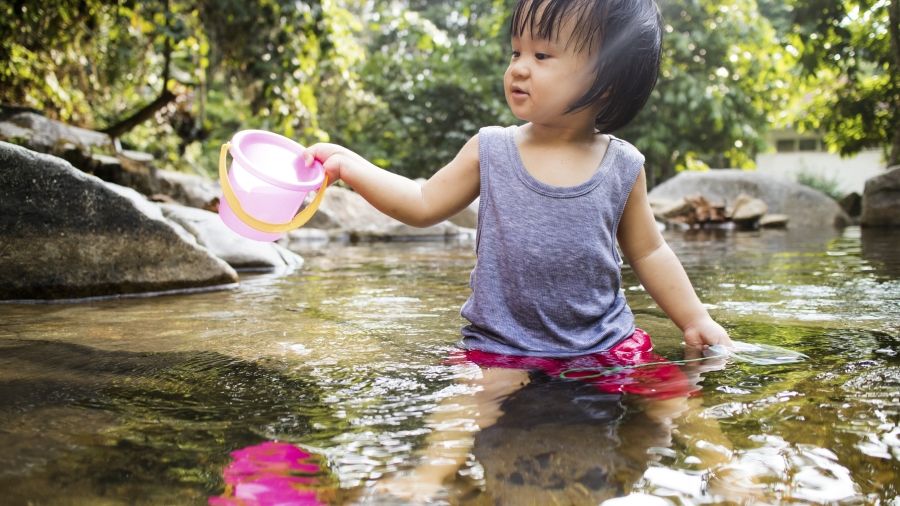
Research suggests that active exploration wires the brain, and helps kids develop powerful intuitions about concepts central to science, technology, engineering, and mathematics.
What happens in a child's brain when he or she plays outdoors? What do kids learn by sticking their hands in a rushing brook, or dropping seeds into the wind?
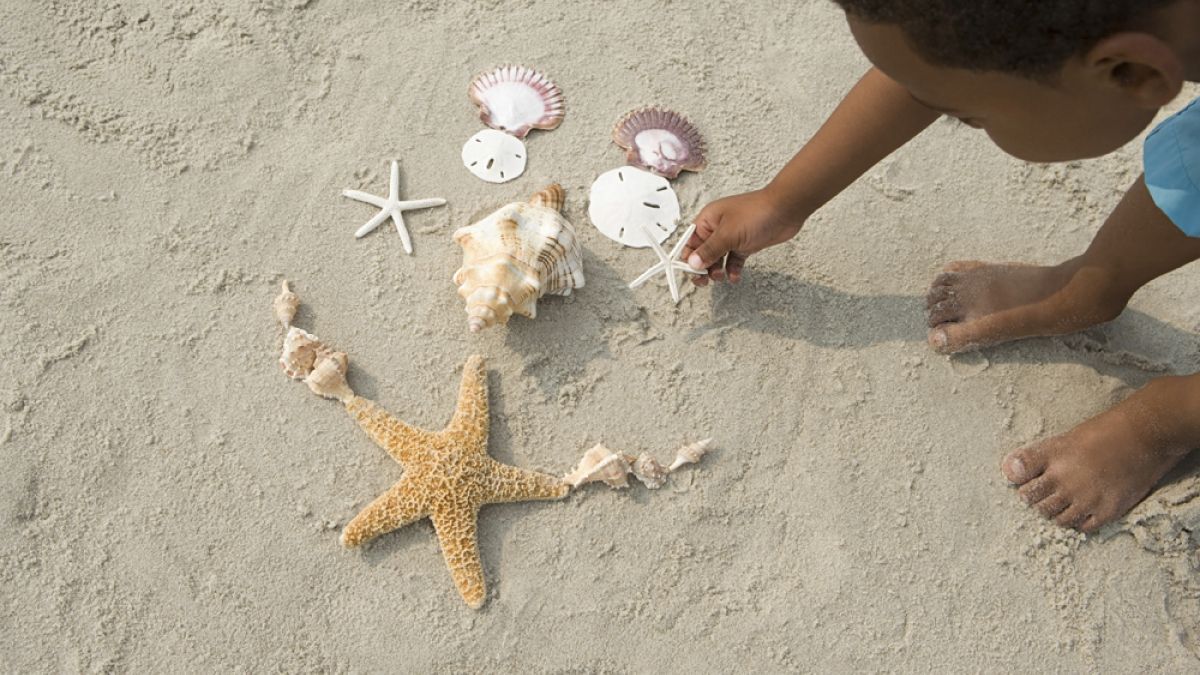
You've heard that children sharpen their spatial skills by playing with construction toys and jigsaw puzzles. The rationale is easy to grasp: Hands-on activities allow kids to inspect shapes from different visual angles and perspectives. So they don't just improve fine motor skills. Through practice, they train their brains to imagine and rotate shapes in their own, internal, 3-D simulator. They learn to see with the mind's eye.
It makes sense, and so we recognize the value of puzzles and building blocks for early cognitive development. But spatial toys aren't the only materials that children can learn from, and hands-on activities can do more than improve a child's mental rotation abilities. Active, outdoor play can enhance learning, and spark insights about the physical world.
Hands-On Learning
Fascinating studies support this idea. They indicate that kids learn new "motion" verbs faster when they perform the movements themselves. Children show better comprehension of a story if they act it out, rather than merely repeat the words. And hands-on learning helps students understand physical interactions and natural phenomena. It isn't a passing developmental phase, or a quirk of early childhood. Rather, it seems to be a general characteristic of our brains: Adults and children alike benefit from active, physical learning opportunities.
Consider, for example, experiments conducted Sian Beilock and her colleagues. The researchers wanted to know if a hands-on experience could help students understand a physics concept. So they asked college undergraduates to hold an axle that was attached to a pair of spinning bicycle wheels. As the students moved the axle, they felt resistance caused by angular momentum and torque--the spinning, accelerating motion that makes the wheels rotate. (For an example, see here.) The experience had an immediate effect on learning, and the lesson stuck. In a quiz given several days later about the effects of torque, the hands-on learners outperformed their peers, fellow students who had observed the wheel demonstration, but hadn't held the axle themselves.
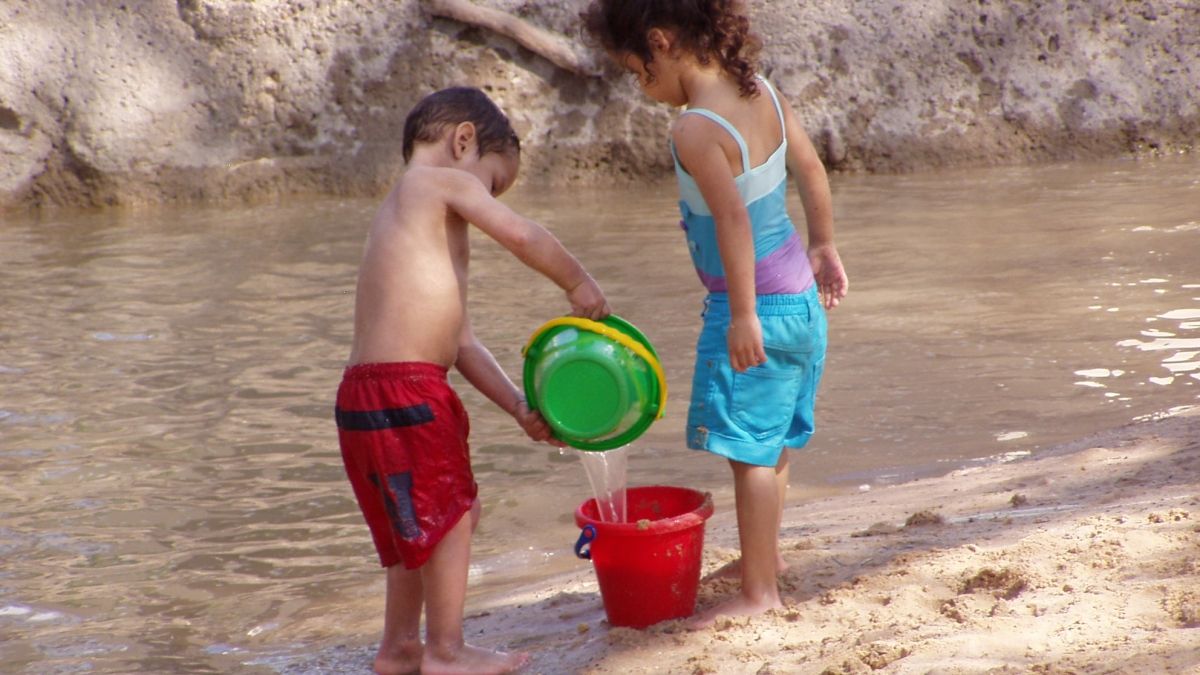
Photo by San Antonio Zoo
Think, too, of how young children learn the principle of quantity conservation--the concept that quantity doesn't change merely because we move things around. Before the age of 7 or 8, many children seem to confuse the amount of a substance with how spread out it is. If you pour water from a short, stout glass into a tall, narrow cylinder, kids will note the increased height and say there is now more water. If you roll a small lump of clay into a long, skinny snake, they will say there is now more clay.
But there is evidence that kids can make rapid breakthroughs if we simply let them do the pouring and rolling. When 105 first graders participated in a series of seven conservation tasks -- involving water, clay, coins, and string -- children randomly assigned to carry out "hands-on" demonstrations outperformed kids who merely observed them. On every task, the active learners were more likely to show a grasp of the conservation principle, and the difference was particularly striking among the kids who struggled the most. About 30% of the passive observers didn't seem to understand conservation during any of the tasks. By contrast, only 4% of active learners showed this level confusion. Hands-on activities appear to have made a crucial difference.
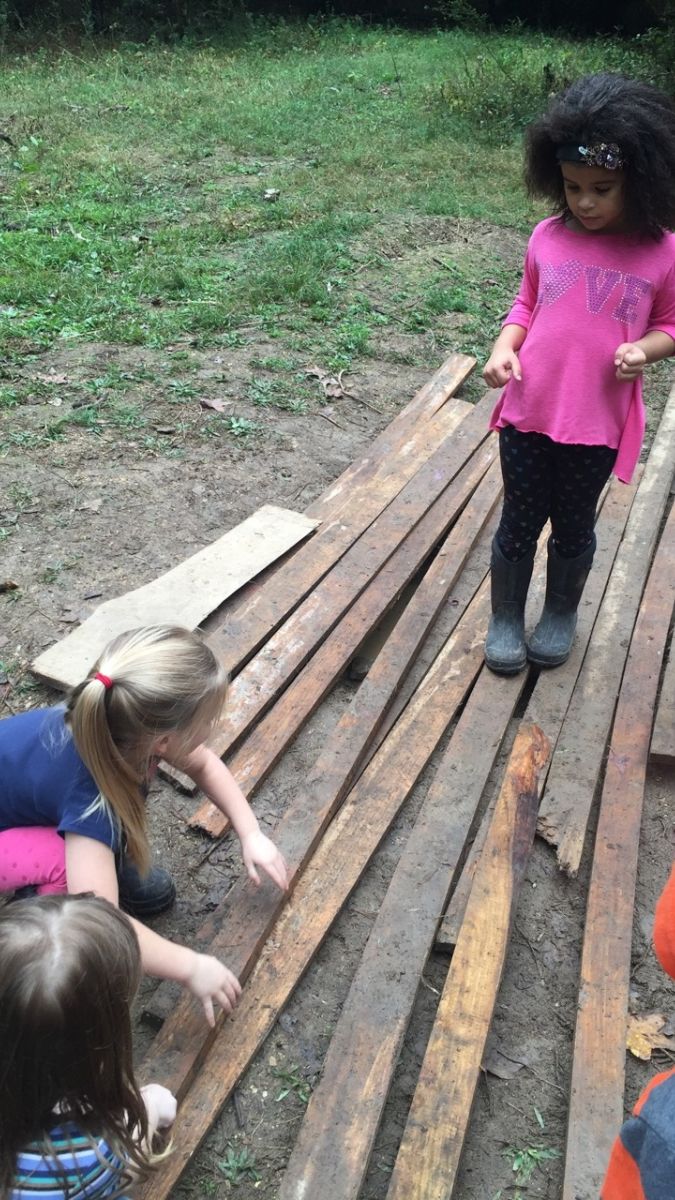
Photo by Gilbert Elementary
The research is preliminary, and needs replication. But the takeaway from these and other experiments is the same: When it comes to thinking about physical matters -- learning about objects, kinetics, spatial relationships, and natural forces -- active exploration is especially helpful. It beats merely hearing a message, or observing somebody else act. It beats simply reading instructions, or repeating information over and over again in your head.
How does it work? Brain scan research offers some tantalizing hints. In one study, researchers taught children unfamiliar action words -- newly-invented verbs for special movements, like pulling a retractable cord from the center of a strange device. Some kids were asked to perform the actions themselves. Others merely watched a demonstrator do the work. Later, the children's brains were scanned using functional magnetic resonance imaging (fMRI), and the researchers documented a crucial difference between groups.
When the kids heard a word they'd just learned, all of them showed signs of recognition, including increased activation in a brain region linked with language perception and processing. But the active learners had an additional response: They showed heightened activity in the brain's motor systems, including an area associated with grasping and tool use. Their physical experiences seem to have been encoded along with the linguistic data. Hearing the word again prompted their brains to replay the motor information. In effect, their brains had wired those words with extra meaning -- physical associations that could make the concepts more visceral and intuitive.
Feeling the Force
There are potentially profound implications here. What happens when we encourage, rather than limit, a child's early interactions with the natural world?
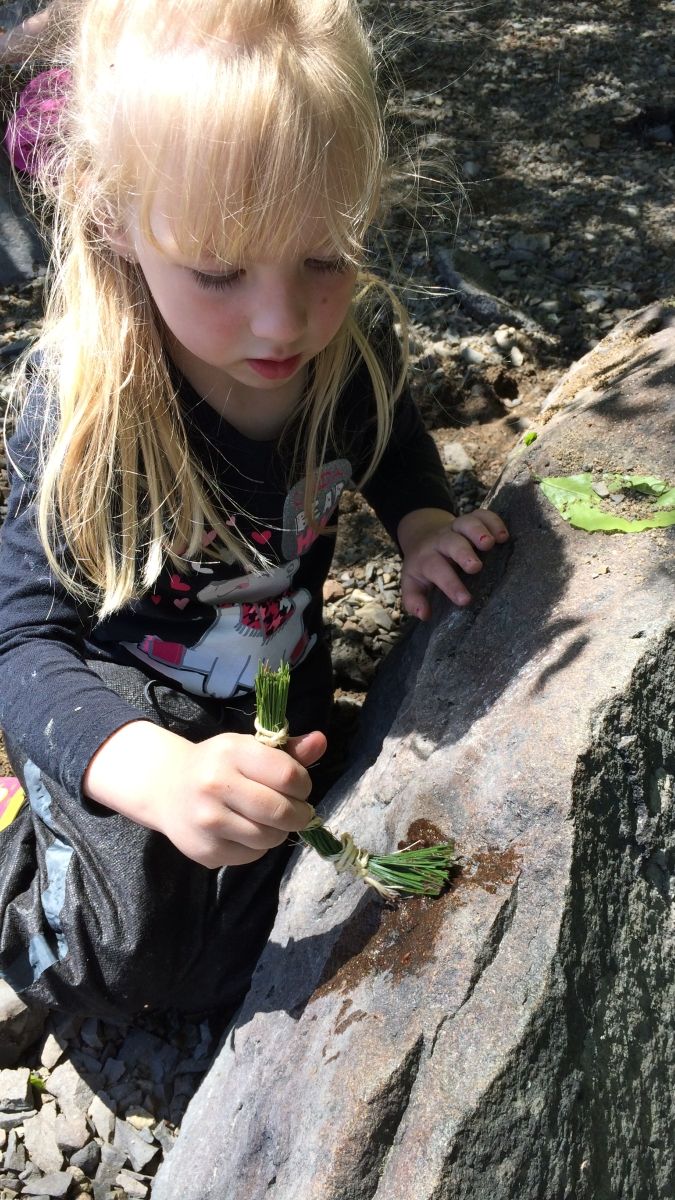
Photo by Eyes of the World Discovery Center
First, there is the question of language acquisition. Experiments indicate that we're faster at processing words that refer to things we can easily manipulate and interact with. For example, most people can think more quickly about the word "feather" than they can about the word "roof." Motor experiences -- when tied to the meaning of a word -- may make language more memorable and easy to retrieve, and young children may use this trick to expand their vocabularies. In studies of preschoolers, researchers have found links between physical exploration and language development. The children who engage in more extensive hands-on exploration are the ones who learn more words -- in particular, words for actions, forces, and physical objects. So outdoor play is an excellent opportunity for language learning. When we encourage kids to investigate nature, and talk with them about their discoveries, we are helping them develop a vocabulary for STEM-related subjects.
Second, there is the deeper question of meaning. What if two kids have qualitatively different understandings of a word like "feather," because one has handled and examined a feather, and the other hasn't? What if kids who play on hillsides develop stronger intuitions about gravity and friction? What if kids who make and throw snowballs develop a superior understanding of density?
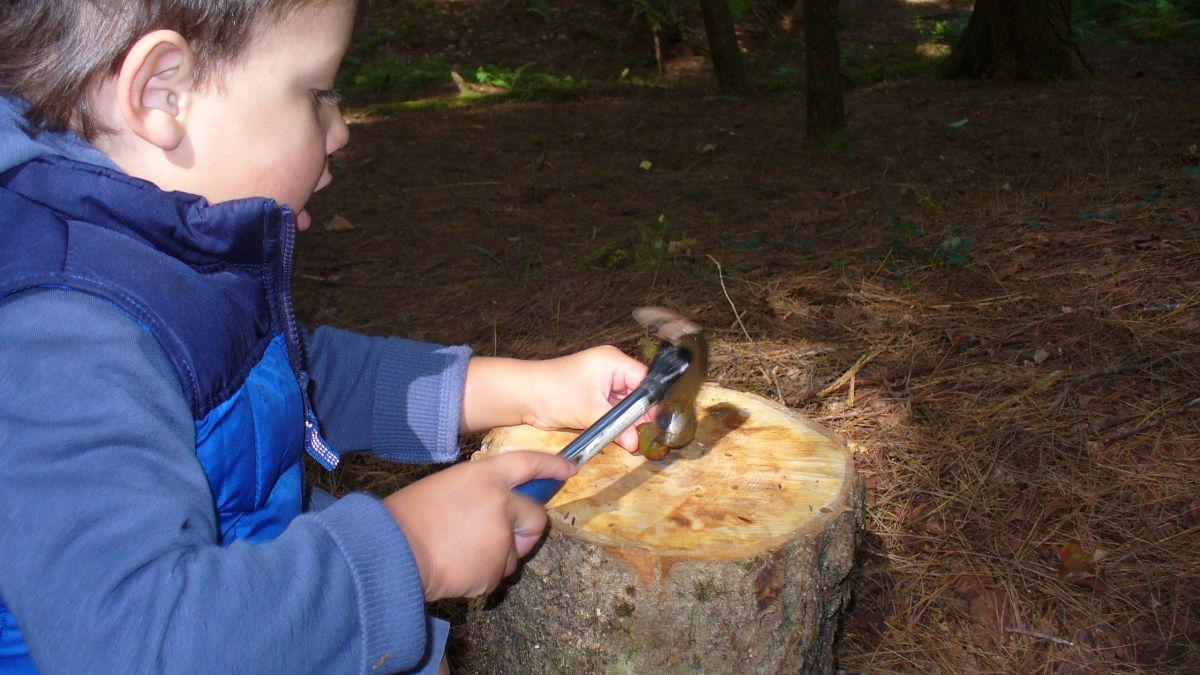
Photo by Wild Roots Nature Nature School at Stonewall Farm
The research discussed here indicates that our brains spontaneously connect words with sensory impressions and motor patterns. Being reminded of a concept can activate the whole package, and this might explain substantial differences between individuals. Kids who learn through hands-on activities may be at an advantage for "feeling" the concepts and developing strong intuitions about them. And if hands-on activity gives rise to intuitions about movement, forces, and physical interactions, outdoor exploration could have an important impact on emerging STEM skills. Kids with lots of experience will arrive in the science classroom better prepared. They'll have better instincts about how things work, find STEM discussions more engaging, and be more motivated to learn.
These are exciting scenarios. But we can't assume they'll follow automatically once our kids go outside. Here are three ways that adults can help create more effective, outdoor learning experiences.
1. Avoid lessons that involve passive observation.
One big benefit of playing outdoors is that there is an abundance of material to investigate. Kids don't need to wait in line to touch a leaf, or feel the smooth contours of a stone. When we take children outside, it's time to take advantage of these opportunities, and encourage children to take an active role. Watching someone else do it -- like a teacher or peer -- isn't as beneficial.
2. Introduce new STEM concepts and vocabulary while kids are physically engaged.
As you talk with kids about their discoveries, introduce words that help them describe what they see and feel, and don't dumb it down. Speckled, shiny, bumpy, spongy, thorny, jagged, scaly. Use spatial language that helps kids think more clearly about directions and spatial relationships. Above, below, between, inside, straight, curved, tiny, huge, thin, thick, edge, side. And call attention to words that describe the movements, processes, and forces they experience. Twist, sprinkle, rustle, melt, float, sink, current, flow.
3. Recognize and support children's informal investigations of cause and effect.
What happens if you dig a furrow in the mud? Or place a rock in the path of a stream of water? How does it feel to land in a thick pile of leaves? Or break a tough, pithy stem by twisting it back and forth in your hands?
We often associate early childhood STEM education with things like magnifying glasses and tutorials in the experimental method. But the links between movement and cognition suggest that kids also benefit from less formal investigations. Simple activities -- even very messy, and seemingly repetitive ones -- help wire a child's intuitions about how the world works. And that could lay the groundwork for a bright future in STEM.
About the Author
Gwen Dewar received her Ph.D. from the University of Michigan at Ann Arbor, where she studied biological anthropology, behavioral ecology, the evolution of behavior, social learning, and cognition. She is a science writer and creator of Parenting Science, the website that popularizes research of interest to parents, educators, and students of human nature.